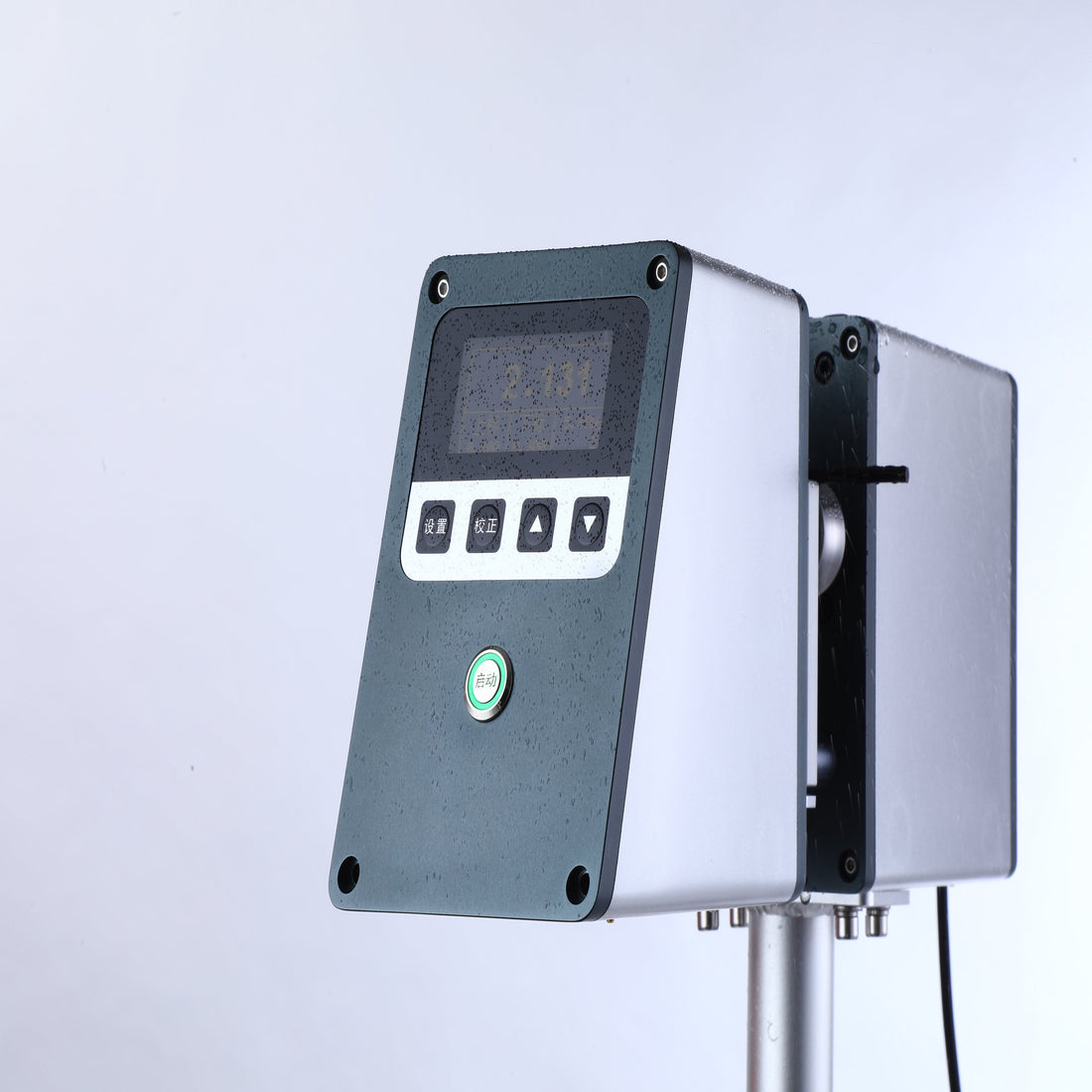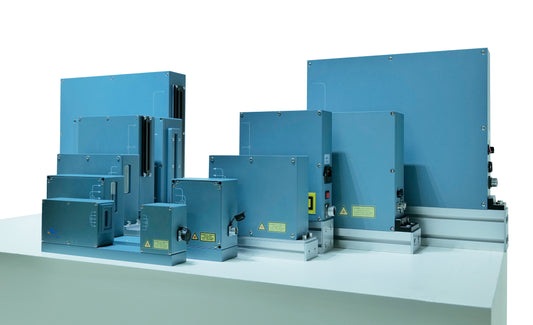
Laser Diameter Gauge: Precision Measurement, Mastering the Minuscule
Kongsi
Laser Diameter Gauge: Precision Measurement, Mastering the Minuscule
In industrial production and scientific research, precise measurement of object dimensions is crucial. The laser diameter gauge, as a non-contact, high-precision measuring instrument, is playing an increasingly important role.
1. Principle of Laser Diameter Gauge
The core principle of a laser diameter gauge lies in utilizing the excellent properties of laser for measurement. It emits a parallel laser beam, which, when encountering the measured object, is blocked by the object, creating a shadow. The high-precision sensor built into the instrument detects the portion of the laser beam that is blocked and calculates the diameter or thickness of the object through triangulation or diffraction principles.
2. Advantages of Laser Diameter Gauge
· on-contact Measurement: The laser diameter gauge does not need to touch the measured object, avoiding potential scratches or deformations that traditional contact measurements might cause. It is especially suitable for soft, fragile, or high-temperature objects.
· High Precision: The measurement accuracy of a laser diameter gauge can reach the micrometer level or even higher, meeting the needs of high-precision manufacturing and scientific research.
· Fast Measurement: The measurement speed of a laser diameter gauge is extremely fast, enabling real-time online measurement and improving production efficiency.
· Wide Application: Laser diameter gauges can measure the diameter, thickness, width, and other dimensions of various materials, widely used in industries such as wires and cables, optical fibers, bearings, pipes, and glass.
3. Types of Laser Diameter Gauges
Based on measurement principles and application scenarios, laser diameter gauges can be divided into the following types:
· Single-axis Laser Diameter Gauge: Used to measure the diameter or thickness of objects.
· Dual-axis Laser Diameter Gauge: Can simultaneously measure the diameter and thickness of objects or parameters such as ellipticity.
· Scanning Laser Diameter Gauge: Measures the cross-sectional shape and size of objects through laser scanning.
· Online Laser Diameter Gauge: Can be installed on production lines for real-time online measurement, enabling automated control of the production process.
4. Applications of Laser Diameter Gauges
Laser diameter gauges have a wide range of applications. Here are some typical examples:
· Wire and Cable Industry: Measures the outer diameter and insulation thickness of wires and cables.
· Optical Fiber Industry: Measures the diameter and concentricity of optical fibers.
· Bearing Industry: Measures the inner and outer diameters of bearings and the diameter of balls.
· Pipe Industry: Measures the outer diameter and wall thickness of pipes.
· Glass Industry: Measures the thickness and flatness of glass.
5. Conclusion
As a high-precision and high-efficiency measurement tool, the laser diameter gauge is playing an increasingly important role in industrial production and scientific research. With the continuous development of technology, the performance of laser diameter gauges will further improve, and their application fields will become even broader.
Please Note: The above content is for reference only. For specific product information and technical parameters, please consult relevant manufacturers.


